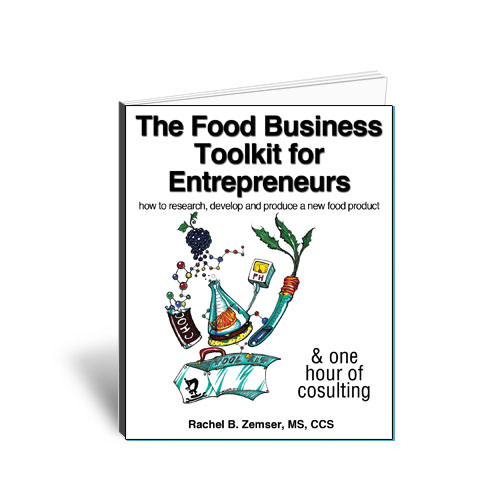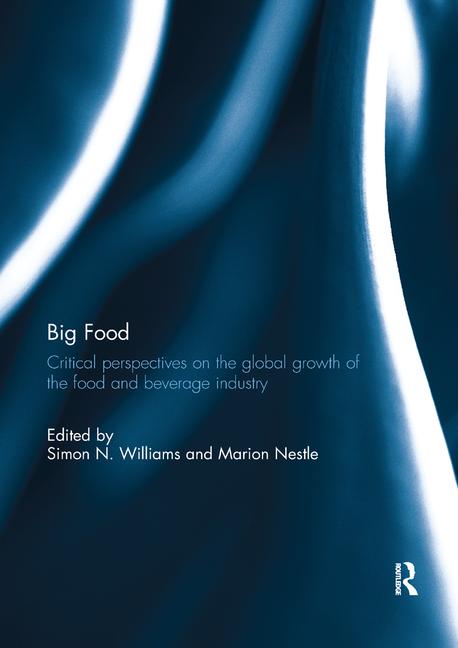Mindful Choices: The Key Food Driver for 2018
Better-for-you claims continue to be on-trend, having increased their market penetration from 42% in 2012 to 49% in 2017




The increasingly thoughtful and mindful consumer will continue to catalyze changes in the way that companies produce, package and label their products. More conscious than ever about making responsible food choices, 4 in 10 US and UK consumers increased their consumption of “healthy foods,” 7 in 10 want to know and understand the ingredient list, 1 in 5 in the US are most influenced by “real” ingredients, and ethical claims on packaging are top of mind. In response, better-for-you claims continue to be on-trend, having increased their market penetration from 42% in 2012 to 49% in 2017 YTD.
“Today’s consumer displays a high level of mindfulness about well-being and the environment,” reports Lu Ann Williams, Director of Innovation at Innova Market Insights, “so it is no surprise that consumers are becoming increasingly mindful in their food choices, wanting to know what is in their foods in order to make decisions about health, sustainability and ethical issues.”
“Mindful Choices” leads the list of Innova Market Insights’ Top Ten Trends for 2018, where the company continuously analyzes global developments in food and drinks launch activity and consumer research to highlight the trends most likely to impact the food and drinks industry over the coming year and beyond.
INNOVA MARKET INSIGHTS’ TOP 10 TRENDS FOR 2018 ARE:
1. Mindful Choices. Consumers are more conscious than ever about making responsible food choices, and increasingly want to know what is in their food and how it is produced. Innova Market Insights research data indicates that 1 in 2 US, UK and German consumers read ingredient labels often and that 7 out of 10 US and UK consumers want to know and understand ingredient lists. At the same time, rising levels of interest in ethical issues have resulted in the use of ethical claims for food and drink NPD soaring in recent years, with a CAGR of 44% over the 2011-2016 period.
2. Lighter Enjoyment. As consumers continue to look for ways to eat and drink more healthily, lightness in terms of alcohol content, sweetness, flavor, texture or even portion size is increasing its appeal, although definitely not at the expense of a familiar, high quality and indulgent taste profile.
3. Positively Processed. As consumers become more concerned about naturalness and minimal processing techniques, the industry is reviving traditional processes such as fermented foods and cold brew tea and coffee, alongside the development of new ones.
4. Going Full Circle. The notion of closing the circle is increasingly taking hold, with greater consumer expectation that companies and brands will be more resource-smart via developments such as tip-to-tail eating, innovative uses for food waste and more biodegradable and renewable packaging.
5. Beyond the Coffeehouse. While coffee is clearly trending among Millennial and Generation Z consumers, tea is also seeking to reinvent itself among the younger generations. With the taste and experiential associations of coffee and the healthy image of tea, the industry is increasingly using coffee and tea as ingredients and flavors outside the hot drinks and iced tea and coffee sub- categories across a wide variety of products as varied as energy bars, yogurt and jam.
6. Say it with Color. Increasingly colorful foods and drinks are everywhere—from Instagram to the store shelf—to grab consumer attention. And not all colors are created equal. Innova Market Insights tracked new product launches touting natural colors, concentrates or extracts and those numbers grew at a CAGR of 14% from 2011 to 2016. Often, these colors come from active, clean label ingredients such as beetroot juice, spirulina, turmeric, goji berries and algae.
7. Dining Out, In. It’s clear that traditional foodservice-retail boundaries are blurring and young consumers are willing to pay more for quality products; hence a demonstrable increase in product claims related to “chef” or “restaurant” quality. There are many more meal solution options—ranging from hobby chefs who serve meals in their own homes to a new generation of “grocerant” options in supermarkets, cafes and other retail establishments. Meanwhile, from 2012 to 2016, Innova Market Insights found a significant rise in new products with on-pack use of “gourmet,” “restaurant” and “chef” wording. Two key restaurant menu trends—bowls and adventurous new tacos—have crossed from restaurants now to retail applications.
8. From Snacks to Mini Meals. Manufacturers are riding the “snackification” trend and developing and packaging more products as single portion servings. Single portion options are becoming more relevant across all categories of meat, fish, eggs, snacks, bakery, soups, fruits, vegetables and ready meals. Indexed numbers of new foods and beverages tracked with a “single portion” claim rose by a CAGR of 12% from 2012 to 2016. Interestingly, this trend is particularly evident in fresh fruit and vegetables with new products featuring the produce by itself or further prepared with other ingredients. New rigid and flexible packaging structures make these portion-controlled items portable and convenient.
9. Ocean Garden. Surveys show one in two US and UK consumers now consider fish and seafood as an alternative to meat. Interesting too is that consumers now are finding seafood featured in charcuterie-style preparations and menu offerings. From 2012 to 2016, Innova Market Insights reported a 21% CAGR rise in global food and beverage launches that contained one of a select number of sea vegetable ingredients. These include algae, dulse, kelp, kombu, wakame, arame, nori, Irish moss, sea vegetable and seaweed. These ingredients add both natural salty flavor and texture. Meanwhile, the number of global new product launches referencing sea salt rose by 117% from 2012 to 2016.
10. Bountiful Choices. Consumers worldwide have a seemingly endless array of new grocery options for niche needs or tempting tastes. In fact, an Innova Market Insights survey of consumers in Germany, Brazil and the United States found that all participants bought more spreads simply because more flavors were available. And manufacturers are getting the message! Mister Kitchen, Amsterdam, has extended its specialty spreads line to include such varieties as Orange Raisin, Coconut Maple, Sea Salt Caramel and Honey Chili. Still more SKUs involve small changes to target niche needs. There are new fruit-flavored teas just for kids. Or how about new ketchups for kids (fun portion packs), the health-conscious (sugar reduced) and adventurous taste consumers (ketchup with Carmelized Onion & Bacon flavor).
Considering all these trends, there’s no doubt that six topics will continue to drive food and beverage new product development in 2018, however. They will involve new foods and drinks formulated with “free-from,” clean label, protein, reduced sugar, gut health and plant-based attributes.
The Top Trends for 2018 will be presented by Innova Market Insights at a live webinar to be held on November 21, 2017 at 4pm CET/10am EST.
Looking for a reprint of this article?
From high-res PDFs to custom plaques, order your copy today!










